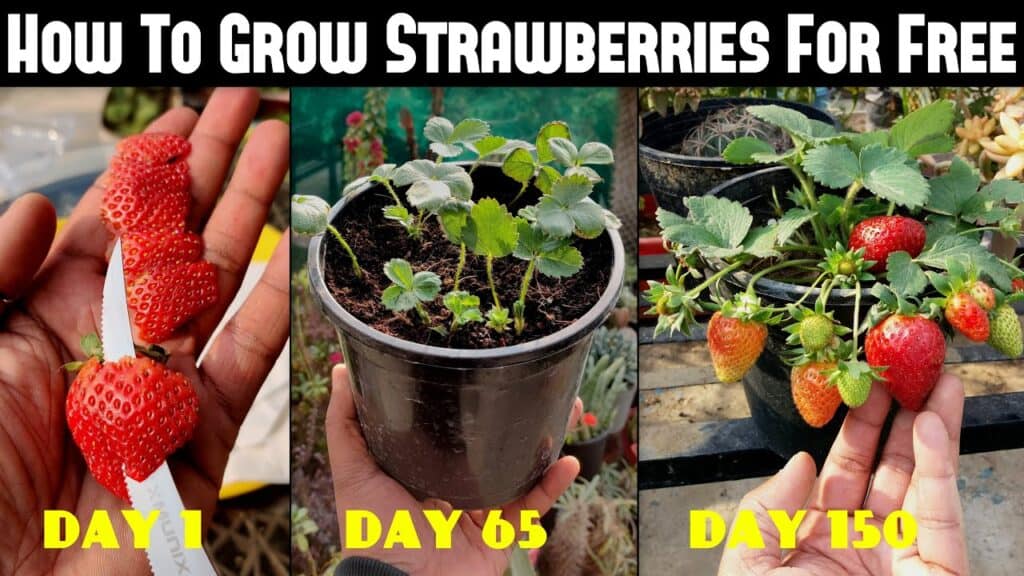
Strawberries are one of the best fruits to grow from the seeds, bringing your garden the best results. This article will be about the methods of growing strawberries from seeds and all the necessary tricks you should apply for your successful gardening.
Table of Contents
- Choosing the Right Strawberry Seeds
- Preparing the Seeds for Planting
- Creating the Perfect Soil Mix
- Germinating Strawberry Seeds
- Transplanting Seedlings
- Caring for Your Strawberry Plants
- Watering and Fertilizing Tips
- Identifying When to Harvest
- Storage and Usage of Strawberries
- Common Issues and Solutions
- FAQ About Growing Strawberries From Seed
Choosing the Right Strawberry Seeds
The first and foremost crucial step for anyone who hopes to grow strawberries from seeds is to find the ideal seeds. You’ll discover that there are plenty of strains of strawberry seeds obtainable, which differ in their special features. Seek out the seeds with a track record of deliciousness, high productivity, and good resistance against diseases.
Some examples of the different types of strawberry plants are the available ones such as the June-bearing, the ever-bearing, and the day-neutral varieties. June-bearing strawberries are a type of berries that bear fruit in late spring to early summer, and they yield heavily. The ever-bearing types consist of several crops you can harvest during the whole summer season and the day-neutral other types dems a positive involvement in the life cycle as they can provide fruit all along the season.
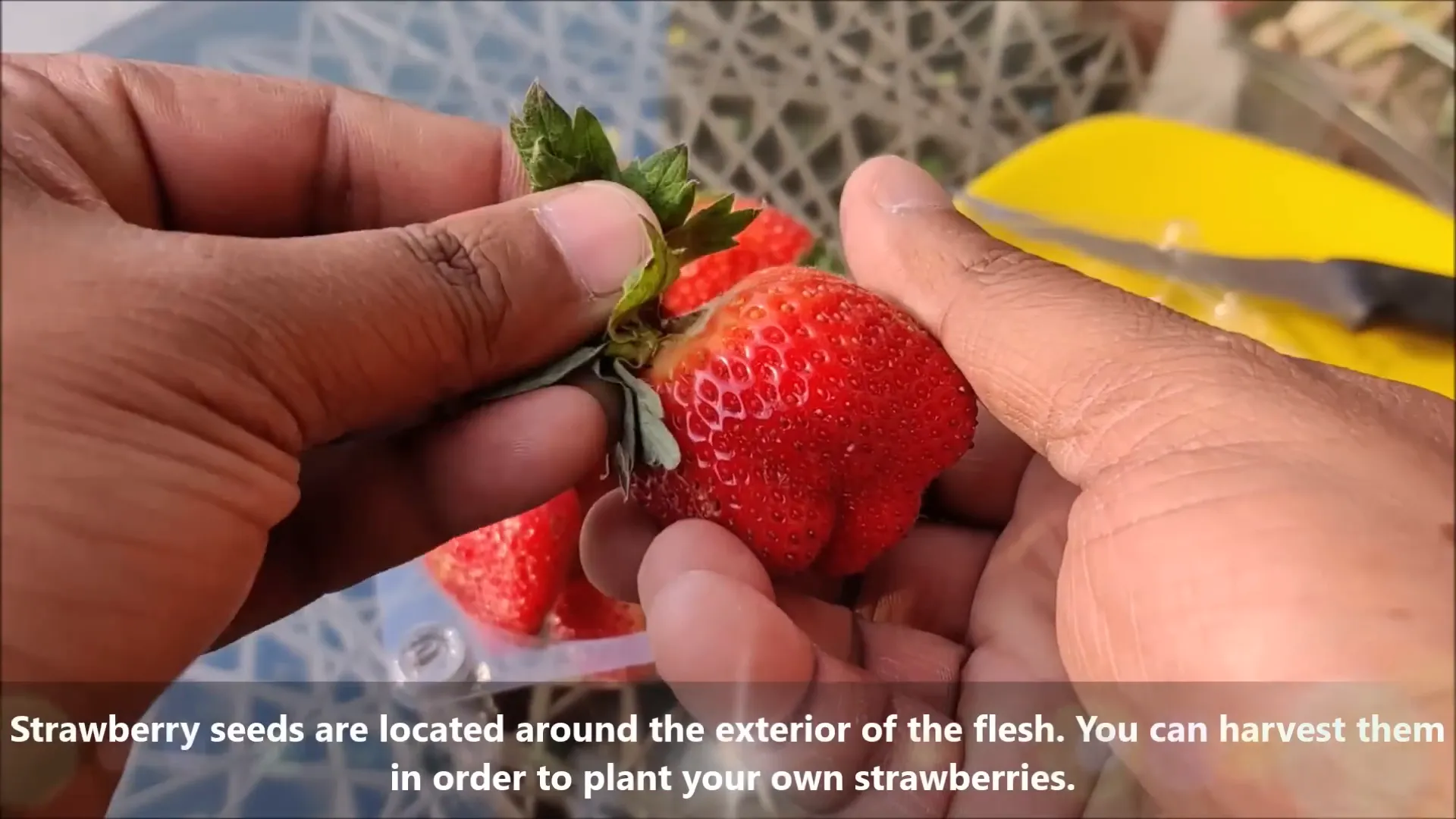
Factors to Consider
- Climate: Choose a variety suited for your climate zone.
- Space: Consider how much garden space you have available.
- Purpose: Decide whether you want strawberries for fresh eating, preserves, or baking.
Preparing the Seeds for Planting
Seed starting is the next step after seeds are selected, which include the process of preparing them for planting. If you can prepare them properly, it can be the main factor for the increasing seed germination rates and will result in more robust plants. The first thing that you have to do is to wash the seeds to get rid of any pulp or the residue left by the fruit.
Then you need to stratify the seeds. This action simulates the winter environment and assists in breaking the dormancy. Add the seeds into a damp paper towel, then pack them in a plastic bag and keep them in the refrigerator for 2-4 weeks.
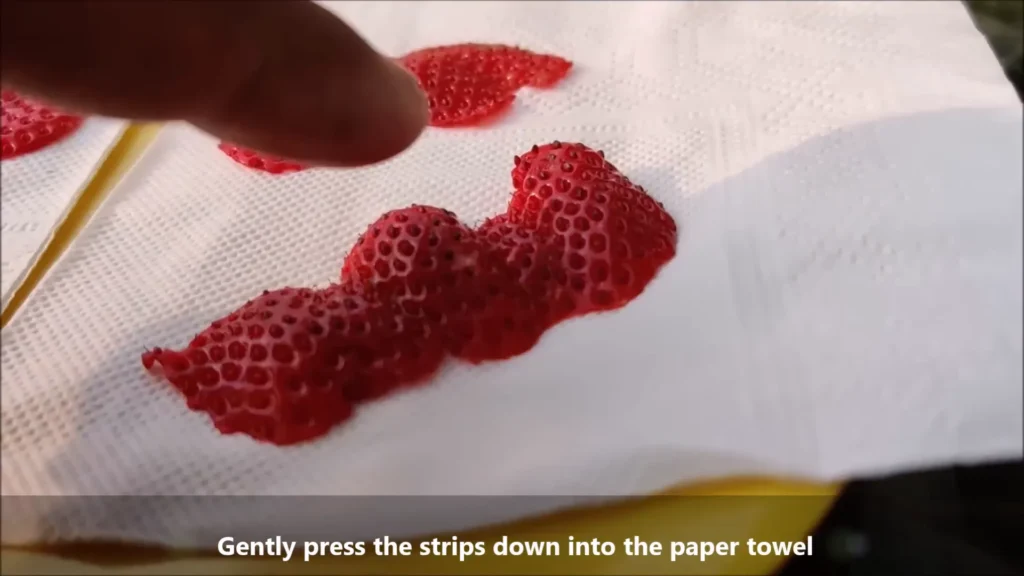
Steps for Stratification
- Clean the seeds thoroughly.
- Moisten a paper towel and place the seeds inside.
- Seal the towel in a plastic bag and refrigerate.
- Check periodically for moisture and mold.
Creating the Perfect Soil Mix
Strawberries flourish in the soil that has good drainage and is rich in nutrients. The perfect soil blend should keep moisture yet dispose of the surplus water. A good mix consists of potting soil, compost, and perlite.
Combine one part potting soil, one part compost, and one part perlite. This mixture provides the essential nutrients to your strawberry plants and keeps good drainage at the same time.
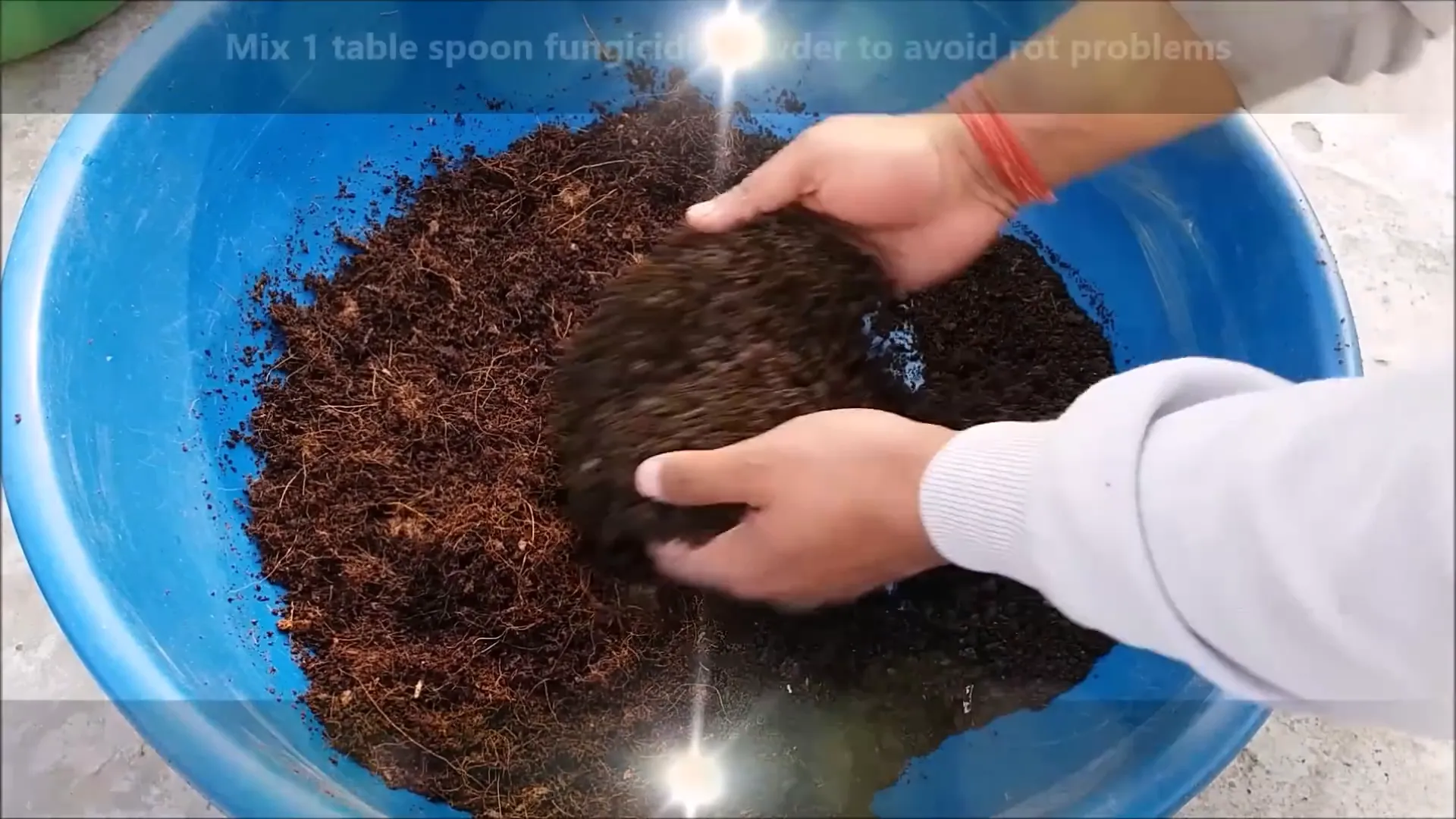
Soil Preparation Tips
- pH Level: Aim for a pH between 5.5 and 6.5 for optimal growth.
- Amendments: Consider adding organic matter like well-rotted manure or worm castings.
- Testing: Test your soil before planting to ensure it meets the necessary conditions.
Germinating Strawberry Seeds
The process of germination is one of the most thrilling in planting strawberry seeds. Once the stratification period is over, it is time to sow the seeds. You can either use seed trays or small pots filled with the soil mixture that you have prepared.
Dispersing the seeds on the soil surface and slightly layering them with a thin layer of soil is the best way to sow them. Watering the seeds gently helps to keep the seeds in place during the process. To cover the trays and maintain the humidity, plastic wrap should be utilized.
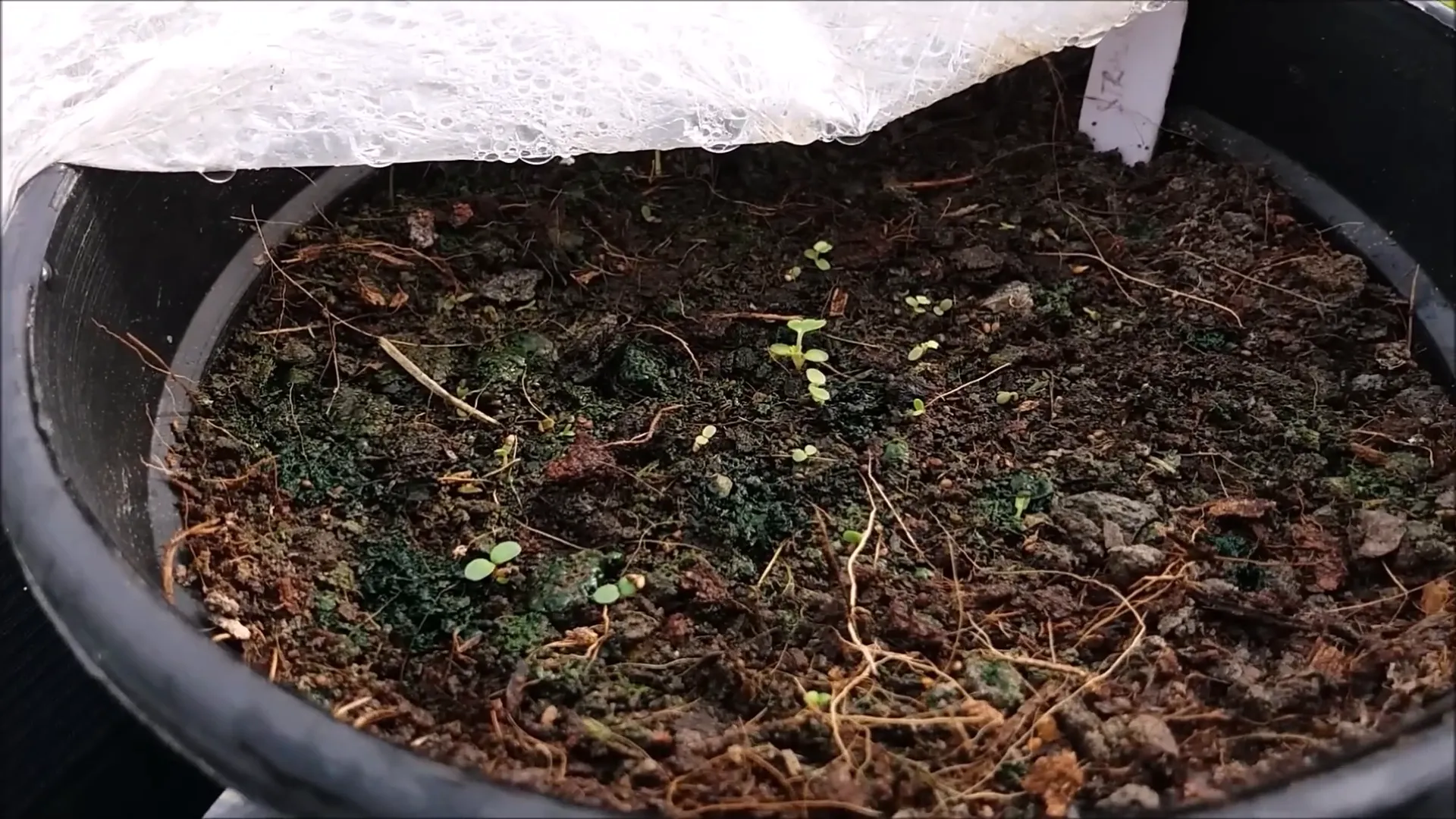
Germination Conditions
- Light: Provide bright, indirect light once seeds have been planted.
- Temperature: Keep the temperature around 65-75°F (18-24°C) for optimal germination.
- Humidity: Maintain humidity but ensure proper ventilation to prevent mold.
Transplanting Seedlings
In about a month, your seedlings will be ready for replanting. Characterize them as strong, healthy plants that have several true leaves. Be careful while you lift them out of their trays so that you won39;t damage the roots.
You can either move the seedlings to single pots or place them directly in your garden. Don’t forget to provide ample distance between them for healthy growth. Water them sufficiently after the moving process in order to help the soil to settle around the roots.

Transplanting Steps
- Prepare the new planting area with well-draining soil.
- Gently remove the seedlings from their trays.
- Plant them at the same depth they were growing.
- Water thoroughly after transplanting.
Caring for Your Strawberry Plants
To have a fruitful strawberry harvest, proper care is necessary. The supply of water should be regular, especially if it does not rain for a long period. You should water the soil and keep it moist, but never allow it to get waterlogged.
The plants will also get advantage of fertilization. It is advisable to use a balanced fertilizer every 4-6 weeks in the feeding period. It will increase the fruit and vegetation growth in this way.
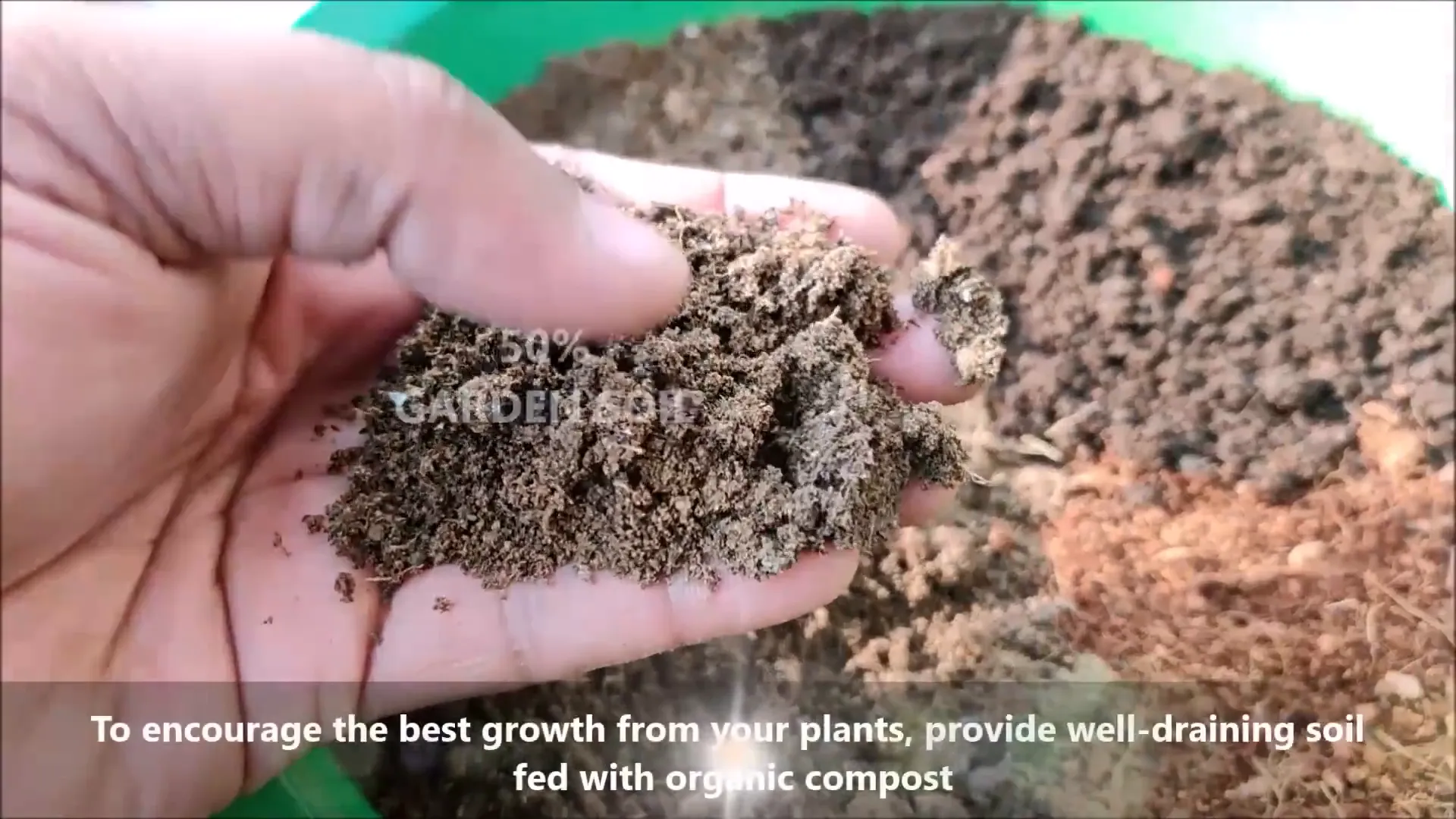
Maintenance Tips
- Mulching: Apply mulch around the plants to retain moisture and suppress weeds.
- Pest Control: Monitor for pests and diseases, using organic methods where possible.
- Pruning: Remove runners if you want to focus energy on fruit production.
Watering and Fertilizing Tips
Watering is the primary operation of growing strawberries from seedlings. Consistent moisture is a must for your plants to develop, especially when they are facing dry conditions. It is recommended to keep the soil slightly moist during the watering process but overwatering should be avoided as it might cause the roots to rot.
Considering fertilization, the application of a balanced fertilizer every 4-6 weeks during the growing season is a great way to achieving substantial growth and fruit production. It is advisable to check fertilizers that are rich in potassium because it is one of the key nutrients needed for the proper development of fruits.
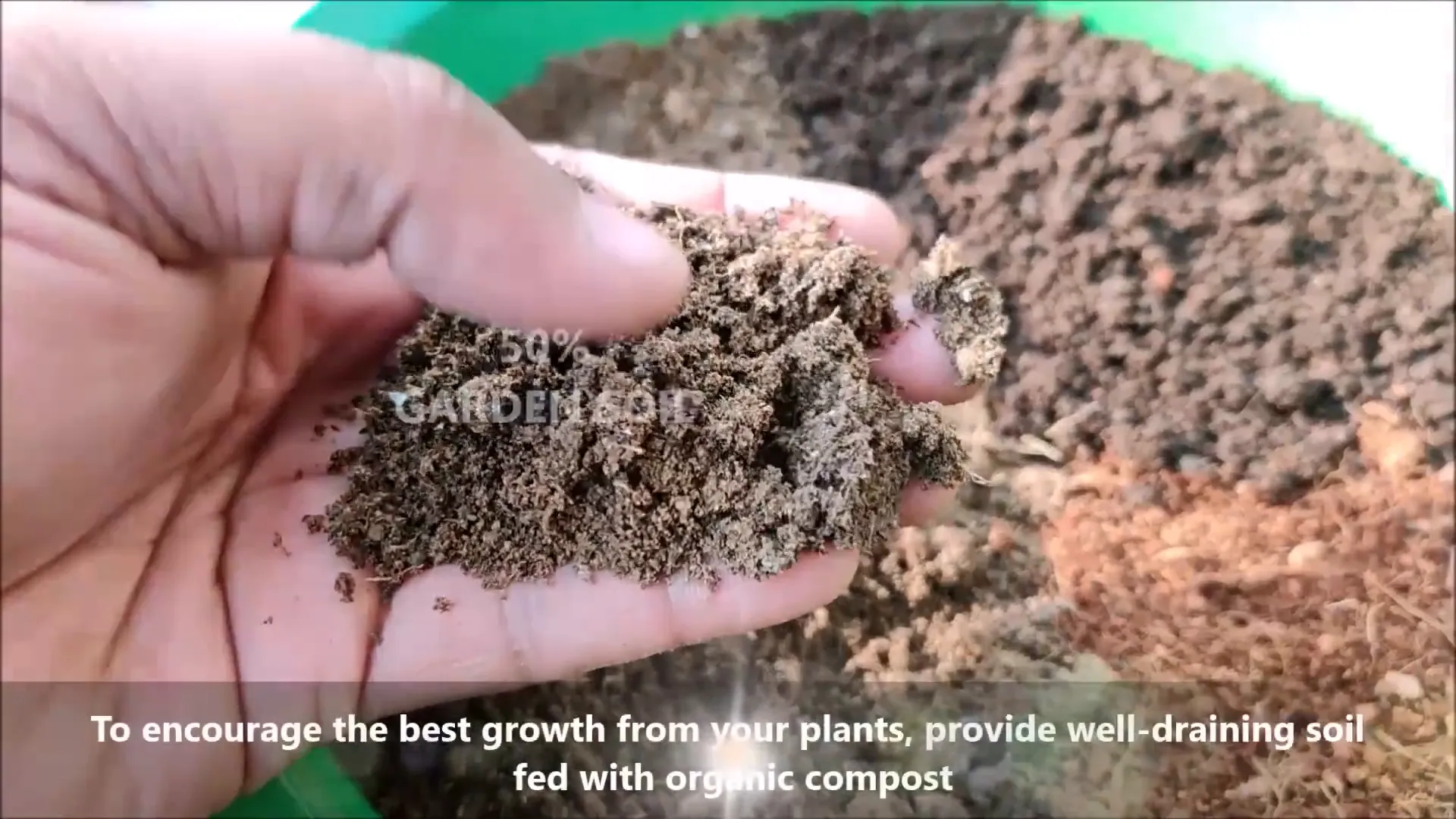
Watering Guidelines
- Frequency: Water deeply, about 1-2 inches per week, depending on rainfall.
- Method: Use drip irrigation or a soaker hose to minimize water on the leaves and prevent disease.
- Signs of Need: Yellowing leaves or wilting indicate your plants need more water.
Fertilizing Tips
- Organic Options: Compost and well-rotted manure can provide a slow-release source of nutrients.
- Application: Apply fertilizers at the base of the plants to avoid leaf burn.
- Timing: Fertilize before flowering for an optimal yield.
Identifying When to Harvest
Taste the best with the knowing time for strawberry harvesting. The responsibility of a strawberry plant grower is to be able to tell when the plant’s fruits are ripe for picking. They are usually good for harvesting strawberries 3-4 weeks after the plants show the first sign of color. The ripe white or pink strawberries will have to turn deep red, firm and fruity heavily scented berries to be nice.

Harvesting Tips
- Timing: Harvest in the morning when temperatures are cooler for the best flavor.
- Technique: Use scissors or garden shears to cut the stem, leaving a short piece attached to the berry.
- Storage: Handle berries gently to avoid bruising; store them in a single layer.
Storage and Usage of Strawberries
After picking, strawberries may be kept in the fridge for a maximum of one week. Store them in a breathable container to sustain their freshness. You can freeze strawberries instead if you want to extend their shelf-life.
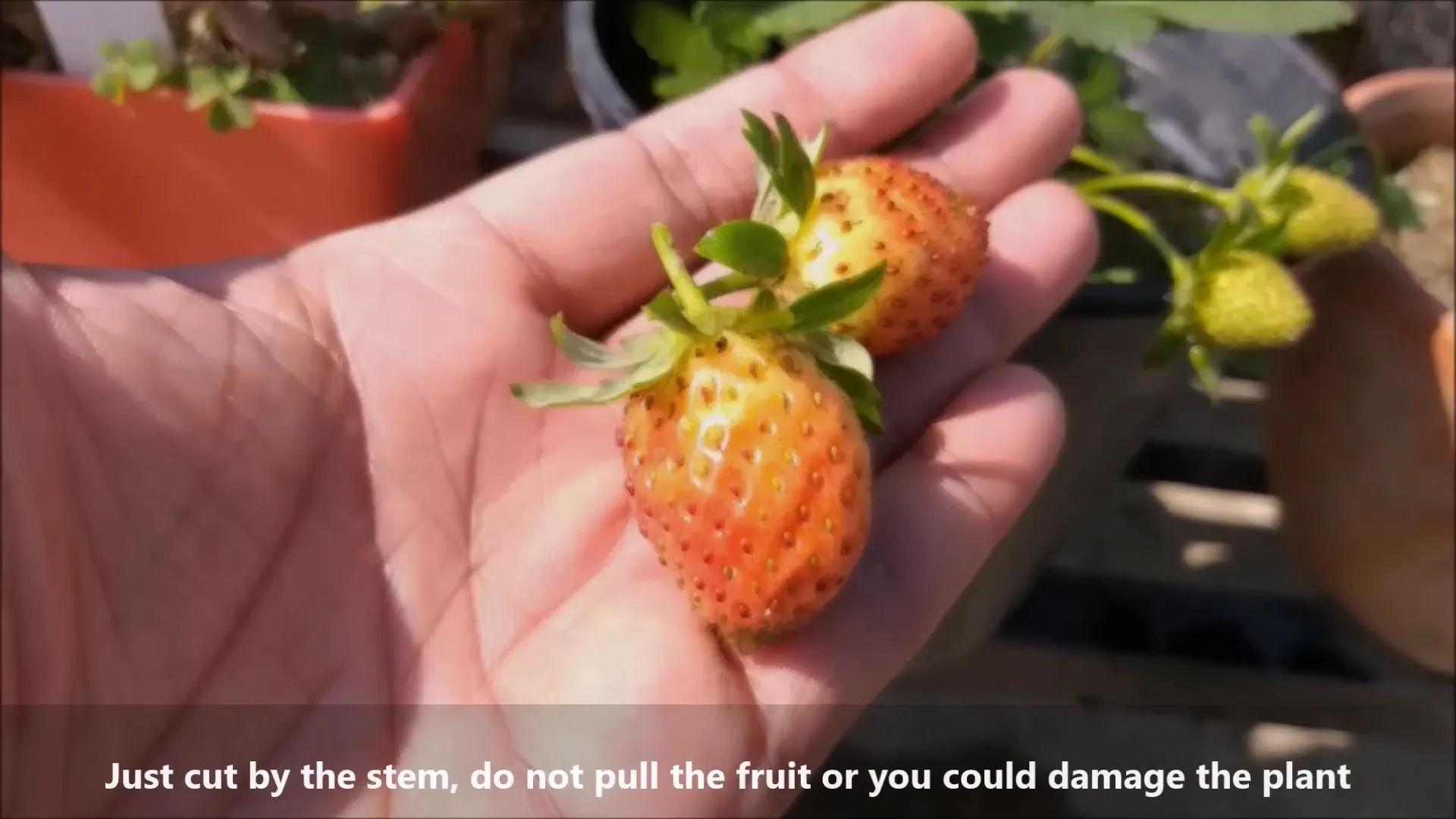
Preserving Strawberries
- Freezing: Wash, hull, and slice strawberries before placing them on a baking sheet to freeze individually. Once frozen, transfer them to airtight bags.
- Making Jam: Strawberries can also be turned into delicious jams or preserves. Cook them with sugar and pectin for a tasty treat.
- Usage: Enjoy strawberries fresh, in desserts, smoothies, or salads for a burst of flavor.
Common Issues and Solutions
Like every plant, strawberries can be exposed to the consequences. Seeing some of the familiar issues in advance can help you do the necessary things quickly to guarantee a good yield. Typical problems involve pests, diseases, and environmental causes.
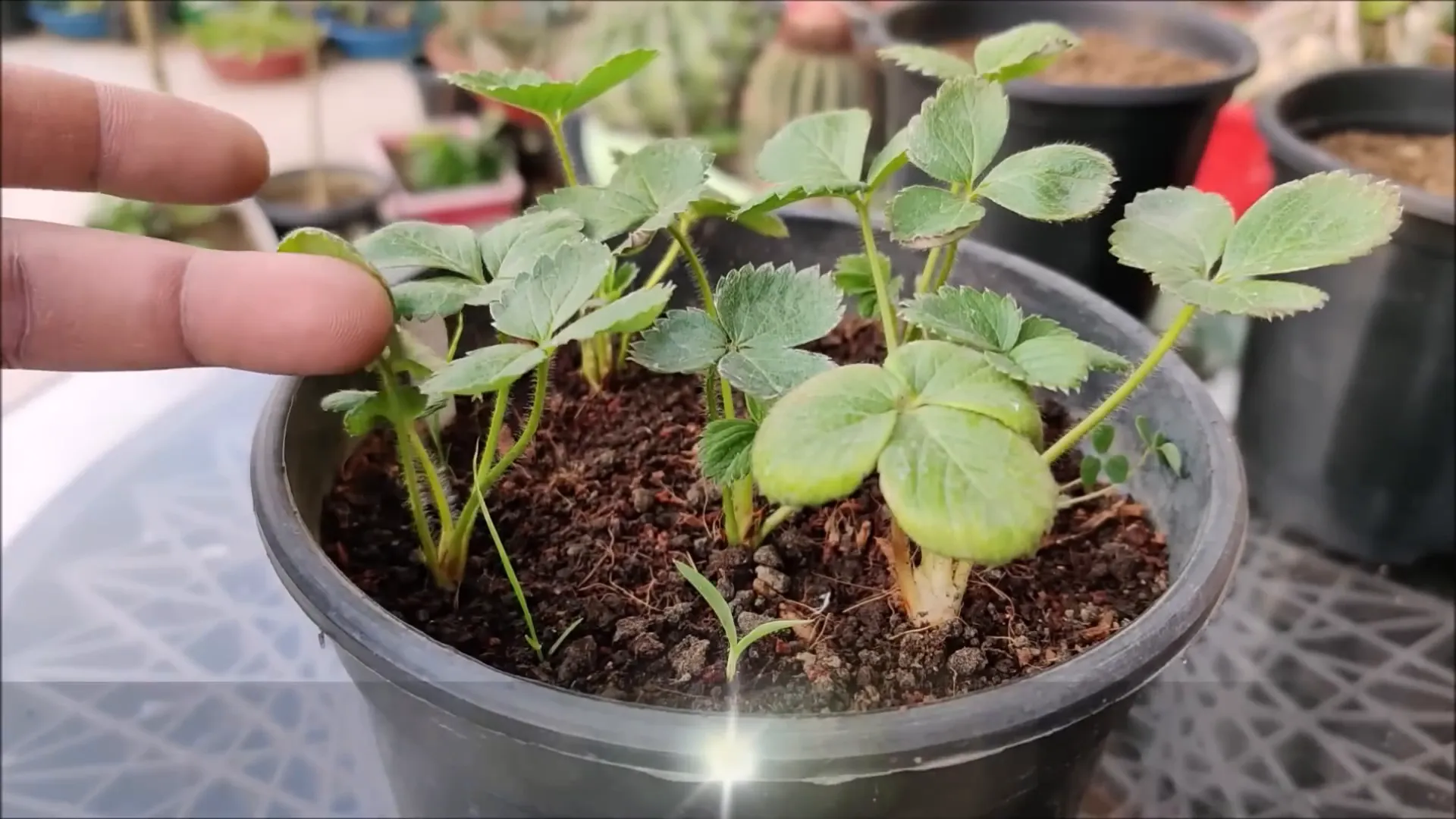
Common Problems
- Pests: Watch out for aphids, spider mites, and slugs. Use organic insecticides or introduce beneficial insects like ladybugs.
- Diseases: Fungal infections such as powdery mildew can be prevented by ensuring good air circulation and avoiding overhead watering.
- Environmental Stresses: Protect plants from extreme temperatures and strong winds. Use row covers when necessary.
Solutions
- Regular Monitoring: Inspect your plants frequently to catch issues early.
- Organic Treatments: Employ neem oil or insecticidal soap for pest control.
- Preventative Measures: Rotate crops and use disease-resistant varieties to minimize risks.
FAQ About Growing Strawberries From Seed
In the course of your journey of growing strawberries from seeds, you might have some queries. Here are some commonly asked questions that could help you.
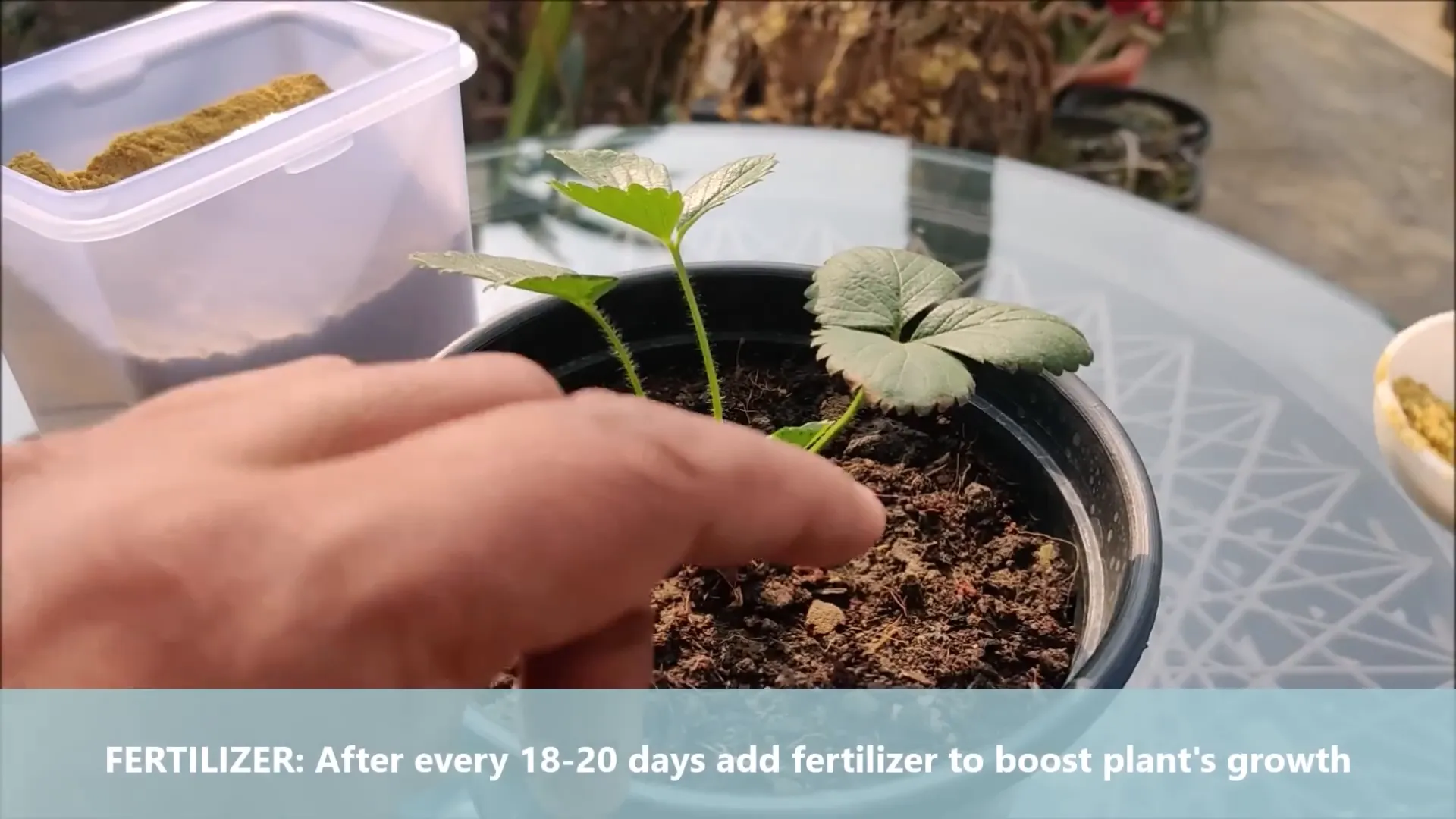
Frequently Asked Questions
- How long does it take for strawberry seeds to germinate? Germination typically takes 2-4 weeks, depending on conditions.
- Can I grow strawberries indoors? Yes, as long as they receive adequate light and warmth.
- How do I care for my strawberry plants during winter? Mulch around the base to protect roots and prevent freeze-thaw cycles.
- Do I need to pollinate strawberry flowers? Most strawberry varieties are self-pollinating, but bees can enhance fruit set.
- How To Grow Strawberries From Seed successfully? Ensure proper watering, fertilization, and pest management for optimal growth.
Related Articles: How To Grow Dragon Fruit: A Complete Guide , How To Grow Chillies At Home: A Comprehensive Guide from Seed To Harvest


Pingback: How To Grow Dragon Fruit: A Complete Guide - Vidz ni Rye
Pingback: How To Grow Chillies At Home: A Comprehensive Guide from Seed To Harvest - Vidz ni Rye
Pingback: - Vidz ni Rye